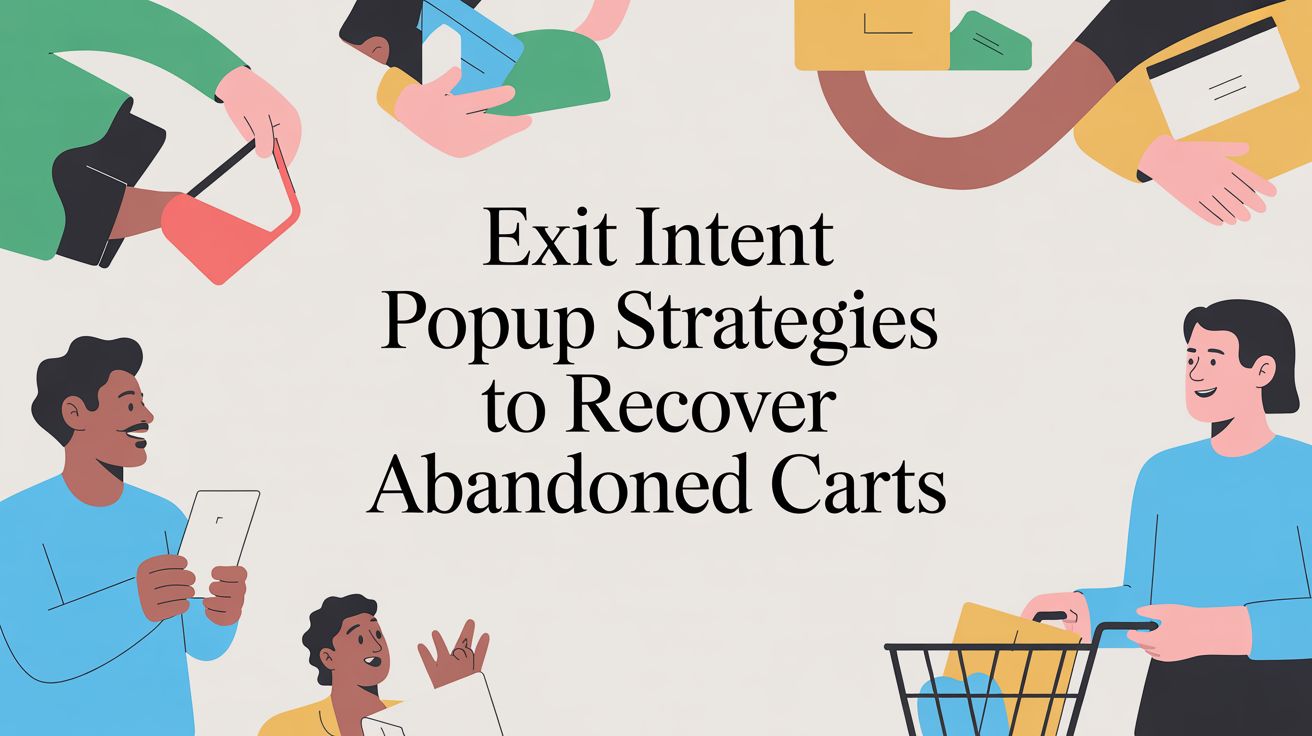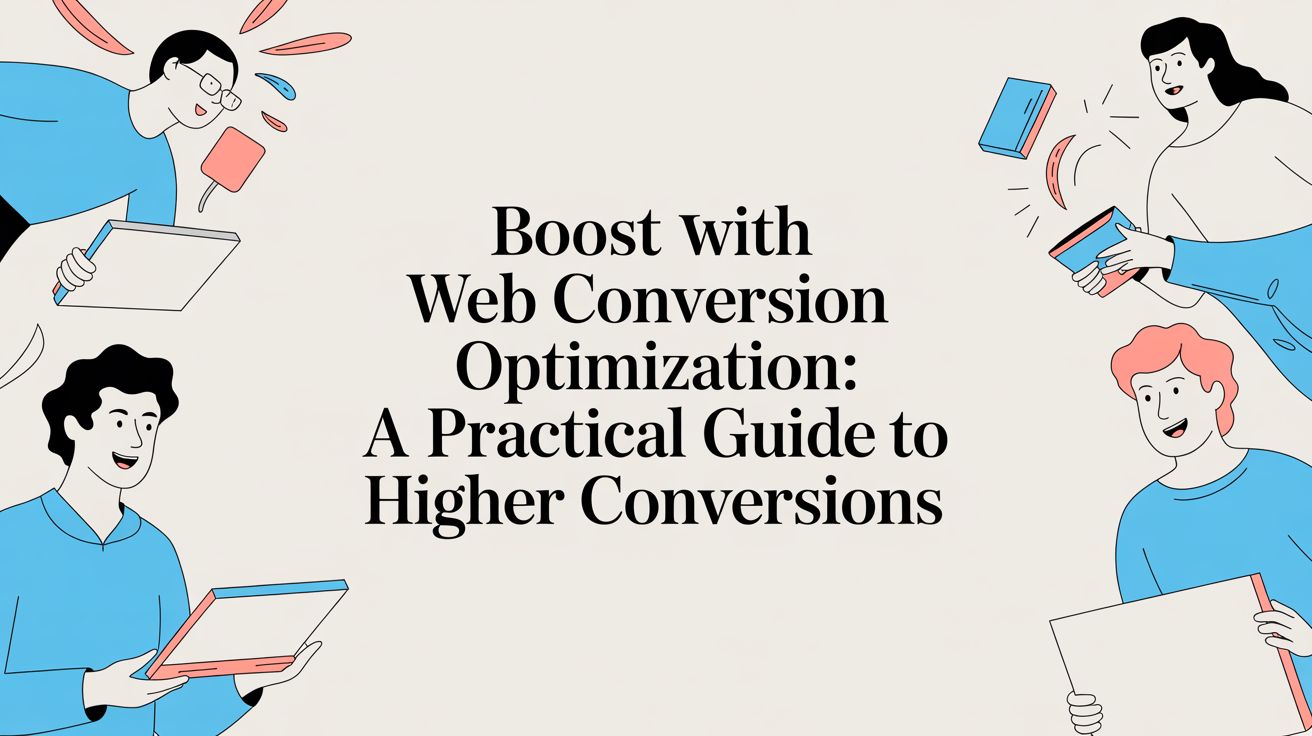
The core ingredients of consumer anticipation

To truly understand consumer psychology, there are certain concepts you must explore fully. Anticipation is one of them.
For many, the journey into consumer anticipation starts with its origin story and transitions into the basics. The next step? Learning the main ingredients of anticipation.
Anticipation is a cognitive and emotional state where people build predictions about what’s going to happen and, in the consumer space, those predictions are influenced by two core components: the individual experience and the brand experience.
This is just one of the things we learned from Jorge Barraza, Ph.D., professor of consumer behavior in the online Master of Science in Applied Psychology program at the University of Southern California, who spent time with us outlining both components and how they impact consumer behavior.
Here’s what you need to know:
Individual experience
Like any other human emotion, anticipation is a personal experience. Its ability to manifest inside of a consumer is heavily influenced by their prior experiences with that brand or product.
“I’m going to have a different level of anticipation if I have been a past customer than if I’m someone who hasn't shopped with the brand at all. Anticipation is greatest when there’s a lot of uncertainty and the experience holds value for that customer,” Barraza said.
Let’s dissect one classic example of going to see a new movie. Considering the film is debuting for the first time, most moviegoers won’t know much about what will happen over the next two or more hours. Each audience member is going to have a different level of anticipation surrounding the film. If they’re a fan of the lead actor or director, their anticipation might be high, but someone who is a casual fan may not be as excited.
So what’s the difference between how a brand builds anticipation with a consumer who is familiar with the brand and a consumer who isn’t? Whose level of anticipation is most important for you to nurture?
Barraza says you want to feed both.
“You want to feed anticipation for returning customers in a way that is authentic, where they themselves know this particular thing isn’t being overhyped,” said Barraza. “With people who are unfamiliar with your products or brand, they need that marketing most clearly because they need to reach that threshold where anticipation has built up enough that they’re willing to take that risk on you.”
Brand experience
Ultimately, anticipation exists inside of the person who is cultivating it, but building up those emotions isn't the sole responsibility of the consumer. What the brand is doing at all of its touch points also matters.
“Whether it’s traditional marketing or engaging with influencers through social media advertising, those are the things that are in control of the brand,” said Barraza. “What is gathering buzz? Anticipation is fed by information, and if you're feeding those touchpoints over time — asking customers to fulfill certain actions before the reward — you can feed that anticipation.”
It’s your marketing strategies, popularity with consumers and ability to connect with your customers that aid in growing anticipation for your brand.
Anticipation is motivation. It’s a matter of consumers being so excited about a product, brand or experience that they’re willing to wait a little longer for the reward.

Lindsay Keener is a brand journalist for Quikly. She covers stories that help to inform and educate consumer-facing marketers.

